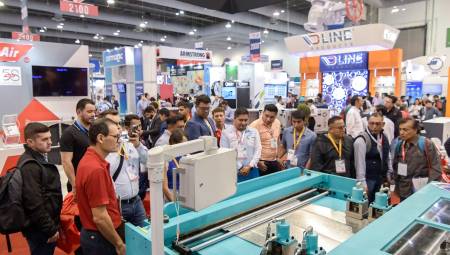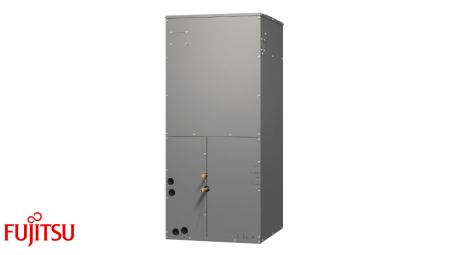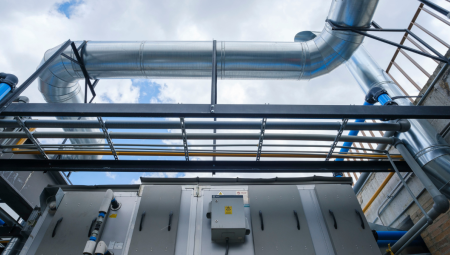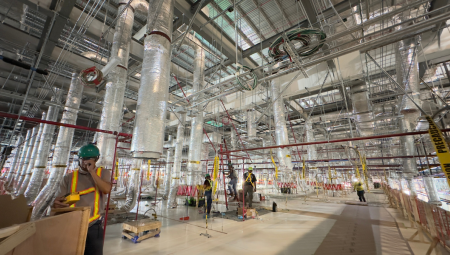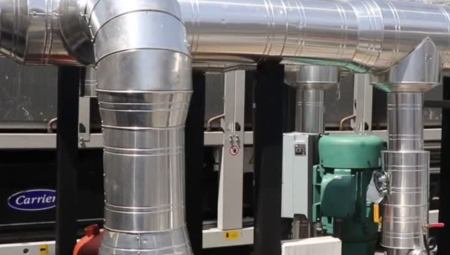While concern about noise pollution has increased markedly in recent years, it is not as recent a fact as many believe. In the ancient Roman Empire, when Julius Caesar prohibited the transit of vehicles in the center of Rome during the day, due to the traffic congestion that existed then. The consequence was immediate: it achieved an intense noise pollution at night, produced by the rattling of the cars that circulated rumbling in the cobblestone of the streets. Some chronicles of the time reflect the discomfort of the inhabitants of this city who do not differ too much in the feelings of many contemporary fellow citizens.
In general, noise is defined as any unwanted sound. From that point of view, the most pleasant music can be qualified as noise by that person who at a certain moment does not want to hear it.
Annoying noises are those noises that exceed the maximum levels allowed by law, causing discomfort to the community and affecting the quality of life. Chilean legislation regulates through D.S. 146 of MINSEGPRES, the maximum noise levels allowed according to the area (regulatory plane of the corresponding commune) in which the affected person is located.
All sources of fixed noise (industry, commerce, construction, etc.) must comply with the maximum noise levels indicated in this decree, measured at the points where those affected by the noise are located (immission points). Those responsible for the operation of these sources risk fines and closures.
To make reports of problems caused by annoying noises, you must resort directly to the corresponding SEREMI or the corresponding municipal health authority, so that they adequately monitor the noise levels and request noise control measures if necessary.

According to the above and in legislative terms, annoying noises are all those that exceed the maximum levels allowed by law, causing disturbance to the neighborhood and affecting the quality of life.
Chilean legislation considers that the maximum noise for residential areas should be 55 dB(A) from 7 to 21 hours and 45 dB(A) from 21 to 7 hours. The maximum noise levels allowed for fixed sources are specified in Supreme Decree 146/97, which will depend on the land use (regulatory plan) in which the receiver is located.
In the workplace, maximum levels of noise exposure are also regulated. The D.S. 594 of the MINSAL in force since July 5, 2001 for the entire national territory, stipulates the doses of noise allowed for any job, so noise control measures must be considered to achieve the noise levels allowed in each of the workstations that are in the vicinity of the sources of noise pollution.
Acoustic Absorption
When sound waves propagate in an enclosure, when they hit an obstacle they are reflected changing their direction. If the reflective surface were completely impermeable to air and perfectly rigid there would be no loss of energy at each reflection. However, in reality there is no perfect reflector, since it will enter into vibration due to the effect of the incident wave, or will allow the propagation of sound waves inside the material, if it has a porous structure. As a consequence of either of these two processes, the reflected waves will have less acoustic energy than the incidents, because part of the acoustic energy has been absorbed by the surface.
Highly absorbent materials are useful for controlling the reverberation time of enclosures. Among the frequently used materials, there are flexible foams, glass wool, mineral wool, slotted or perforated panels combined with absorbent materials, projected cellulose, etc.
Acoustic Insulation
The acoustic insulation of a certain constructive element, manufactured with one or more materials, is the ability to attenuate or decrease the sound that crosses it from one enclosure to another, the constructive element being the common pairing.
The attenuation or loss of sound transmission of a given material is defined as the difference between the incident sound power and the sound power level that the material passes through.
In Chile, the standards that regulate the acoustic insulation to aerial noise and impacts of constructive elements of residential use, are found in the General Ordinance of Urbanism and Constructions, Acoustic Regulation, Article 4.1.6. and Chilean Standard 352 Of2000 "Acoustic Insulation - Constructions for housing use".
Architectural acoustics
The advice for this type of project ranges from the formulation of technical specifications of constructive elements (partitions, ceilings, windows, coatings) to the acoustic treatment of technical enclosures (climate, electrical rooms, heating) in order to ensure the correct functioning of the facilities considering national and international standards regarding insulation and sound absorption of enclosures.
The parameters evaluated will depend on each case, but in general they seek to satisfy requirements in the degree of intimacy and acoustic comfort, as well as the acoustic quality of any type of enclosure.Authors:







